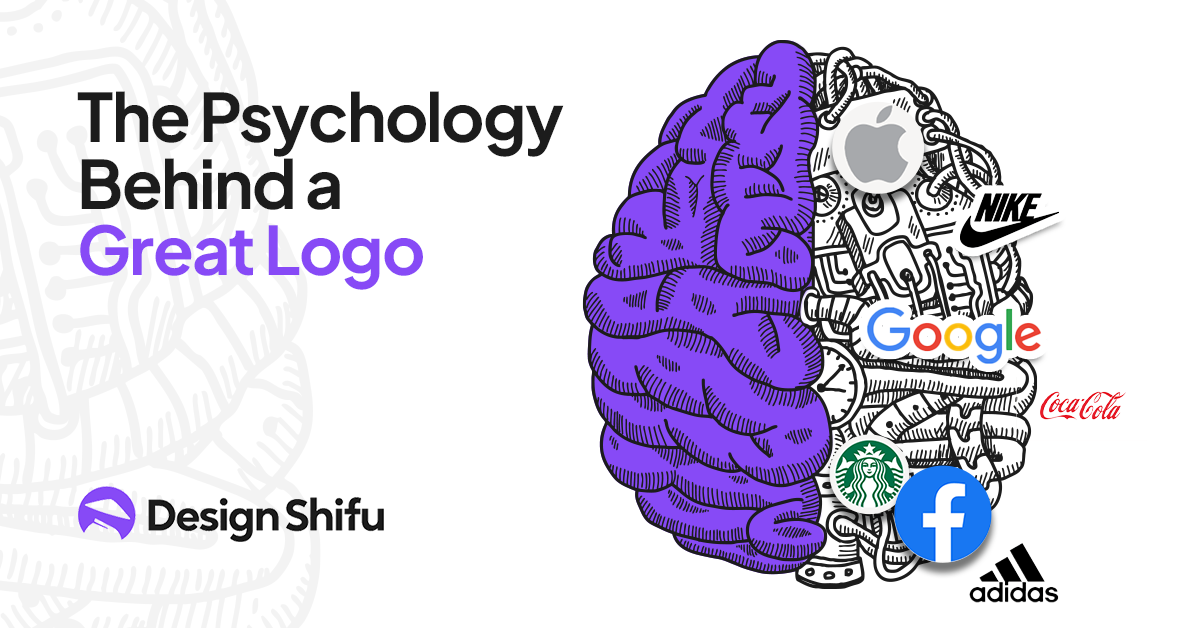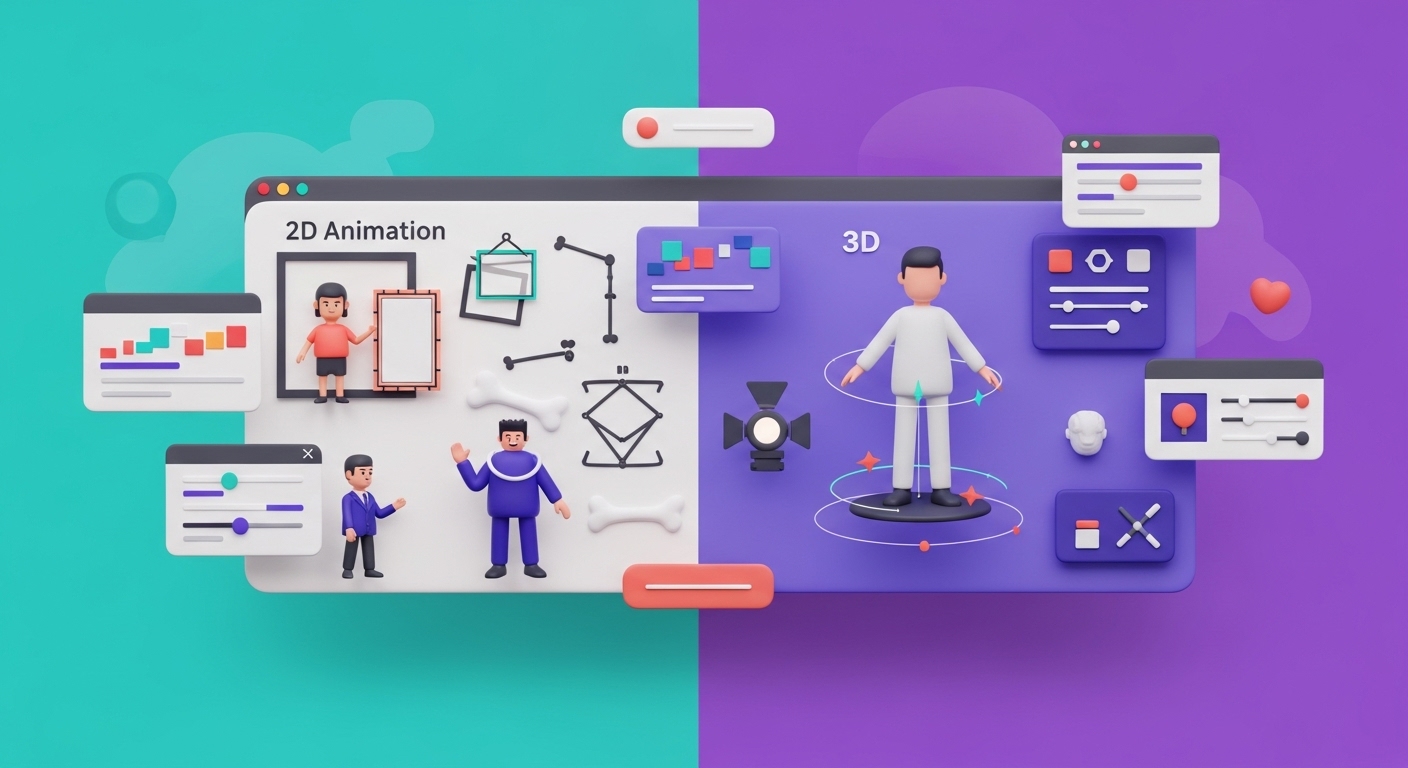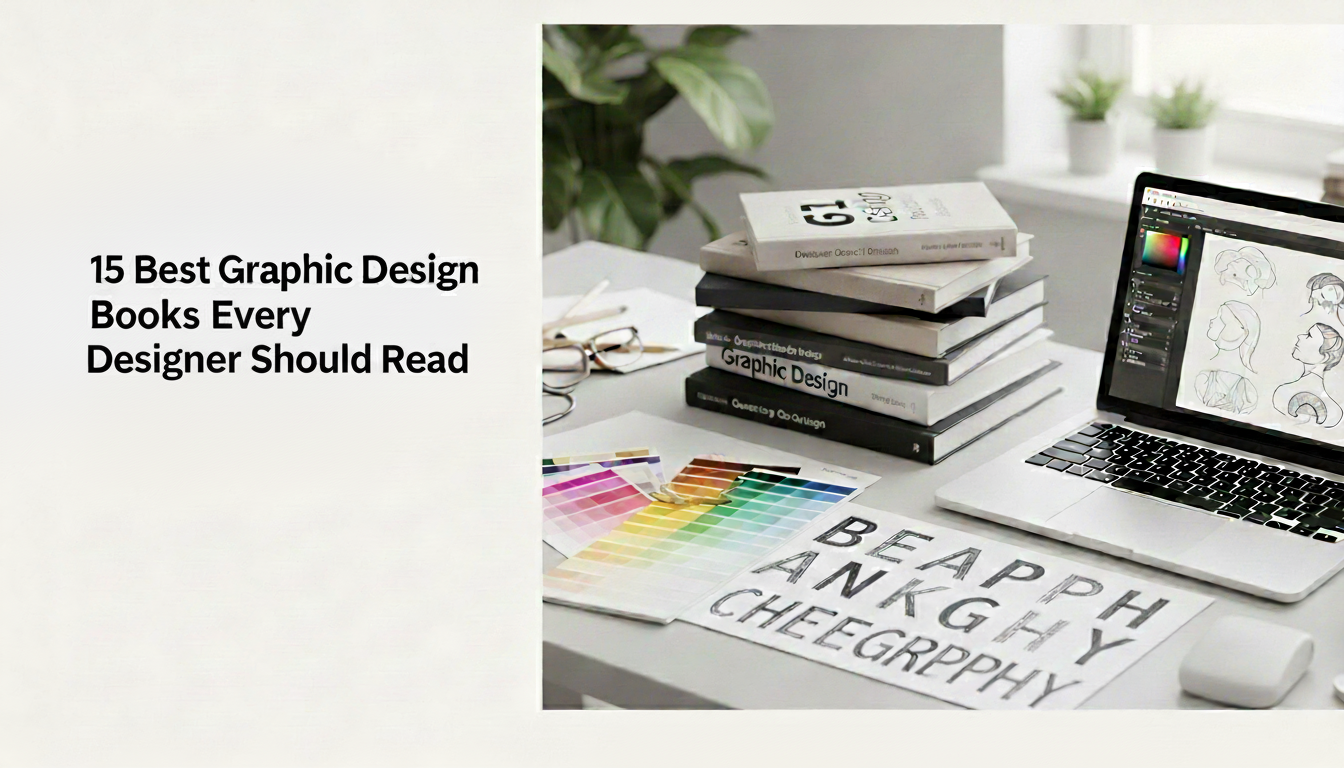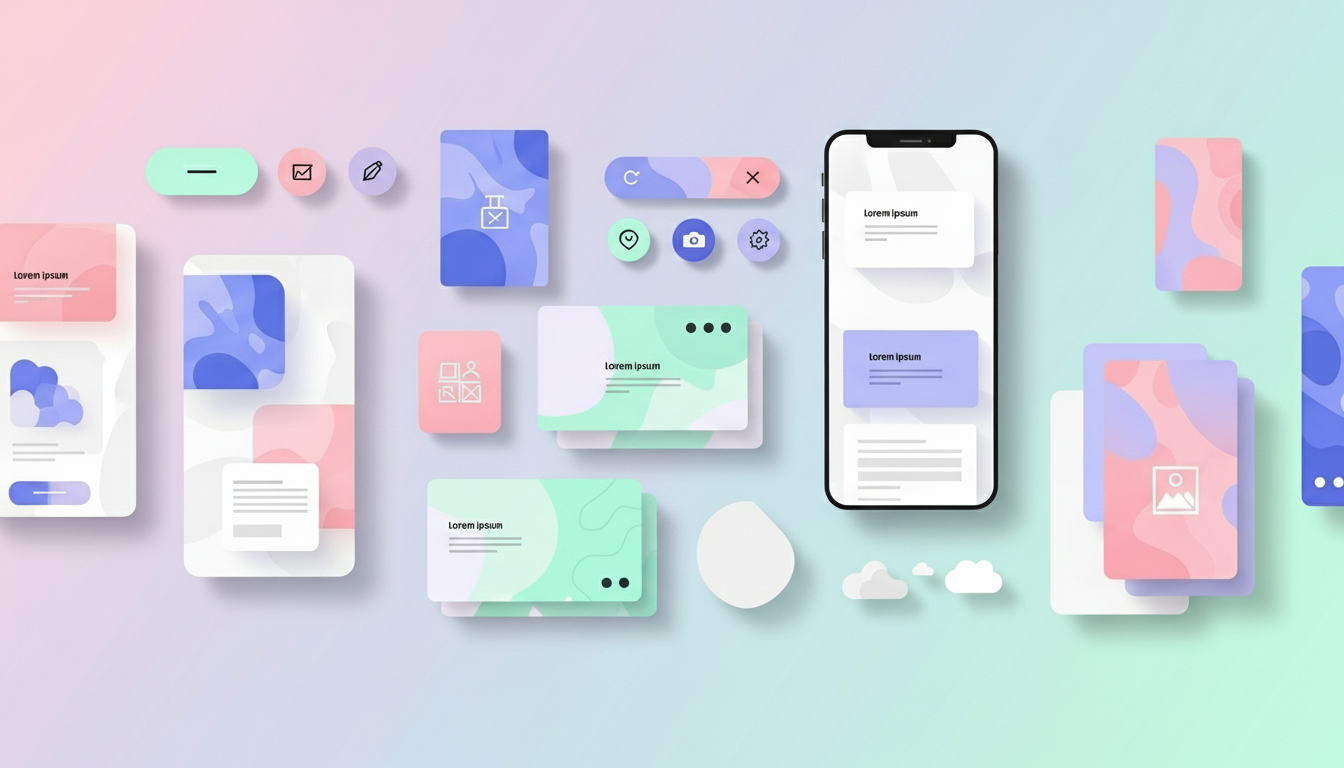A logo is processed in under 400 milliseconds. In that blink, it can spark trust, create emotion, or get ignored completely. That’s the power of psychology in logo design and why your logo matters more than you think.
A great logo is more than just a pretty graphic. It acts as a silent brand ambassador that connects with the human brain. It triggers emotion, builds recognition, and influences decisions before a single word is said
Whether you’re building a startup, rebranding a legacy business, or designing your very first logo, understanding the “why” behind great logo design can make all the difference.
Let’s dive into the compelling psychology that transforms a mere mark into lasting brand equity.

Why Logos Matter?
Your logo is typically the very first impression others will have of your brand. And in branding, that impression is quick within 7 seconds or less.
Logos are visual shortcuts. They tell your brand’s story without saying anything. That’s a powerful message packed into one simple symbol.
What Makes a Logo Psychologically Powerful?
1. Simplicity Enhances Recognition
Ever noticed how the best logos Apple, Nike, McDonald’s are incredibly simple? That Simplicity makes logos memorable, and the brain loves patterns it can easily recall.
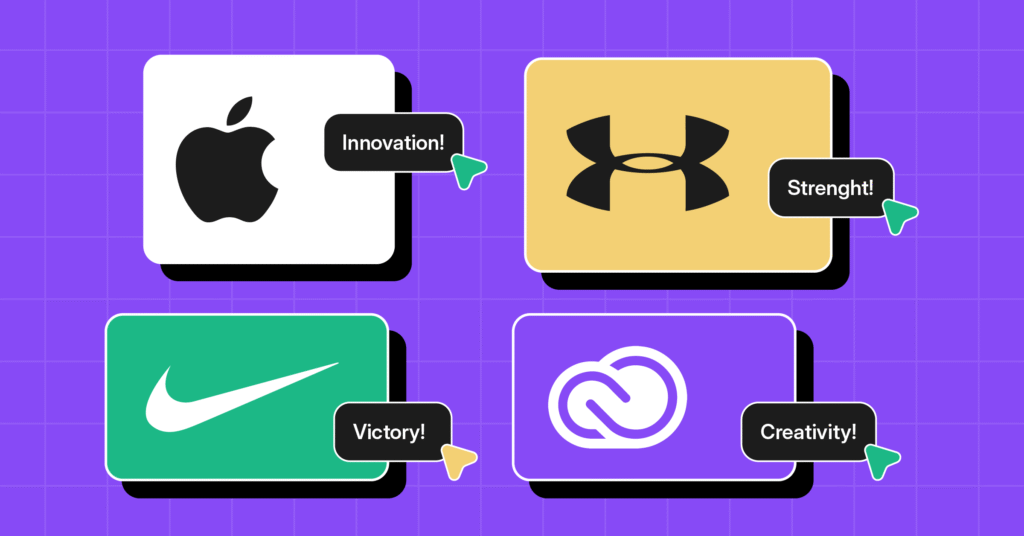
A clean, uncluttered logo ensures your brand is easily recognized across platforms and products.
2. Color Triggers Emotion
Colors don’t just catch the eye they stir emotions. Here’s how major colors influence customer perception
| Colors | Emotional trigger | Common use cases | Examples |
| Red | Excitement, passion urgency | Sales, Fast food | Coca-Cola or Netflix |
| Blue | Trust, Security, Calm | Tech,finance,Healthcare | Facebook, PayPal |
| Yellow | Optimism, energy | Food, Children’s product | McDonald’s, Snapchat |
| Black | Luxury, Power, Elegance | High end Fashion, cosmetics | MAC Cosmetics |
| Green | Growth ,Eco,Health | Wellness, environment, organic brands | Starbucks |
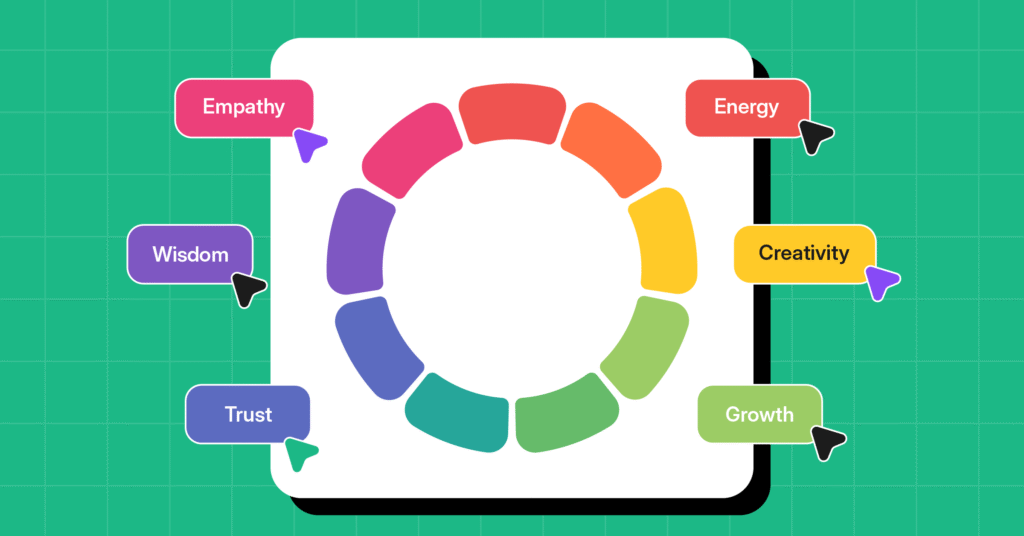
Use these color combinations to know which colors best suit your designs. Using color psychology in logo design allows brands to connect emotionally with their audience before a single word is read.
How Logos Influence Consumer Behavior
Instant Trust Through Visual Identity
A well-crafted logo instills a sense of professionalism and credibility, usually in milliseconds. When customers view a logo that looks modern, balanced, and refined, they unconsciously trust the brand more. That trust has a gigantic impact on whether or not they click, convert, or buy.
Emotional Recall Equals Brand Loyalty
Logos that elicit emotional resonance can enhance customer loyalty. Consider Coca-Cola’s red script or Disney’s playful typeface, these typologies resonate with joy, nostalgia, or playfulness. Emotional recall results in more intense brand loyalty.
Consistency Builds Credibility
Utilizing your logo in a consistent manner throughout your website, packaging, social media, and advertising makes your brand recognizable. Repetition and consistency equal familiarity, and familiarity creates preference.
Psychological Elements of Logo Design
Shape Psychology
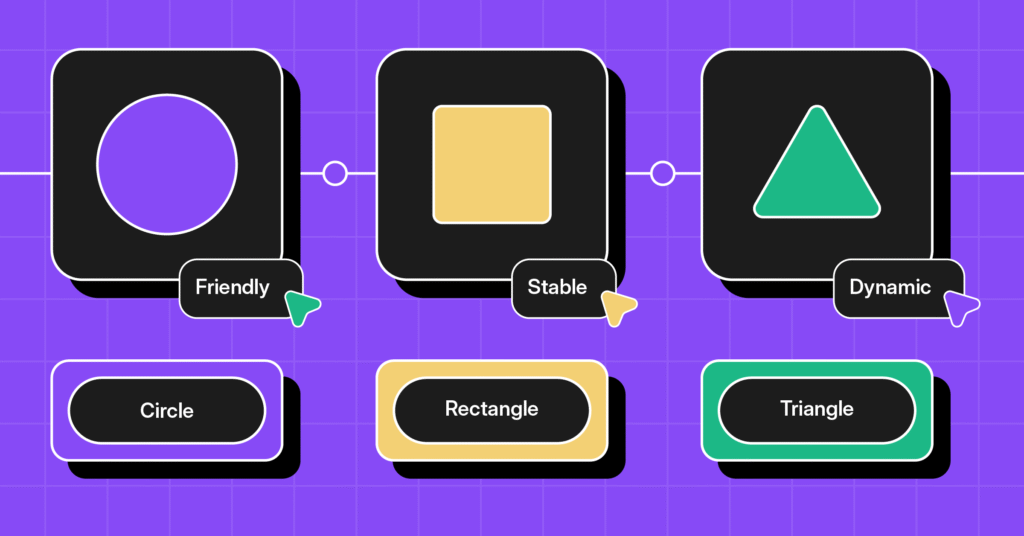
- Circles: Harmony, community, friendship (e.g., Pepsi, Spotify)
- Squares/Rectangles: Stability, trust (e.g., Microsoft, IBM)
- Triangles: Power, leadership, innovation (e.g., Adidas, Google Drive)
Typography Psychology
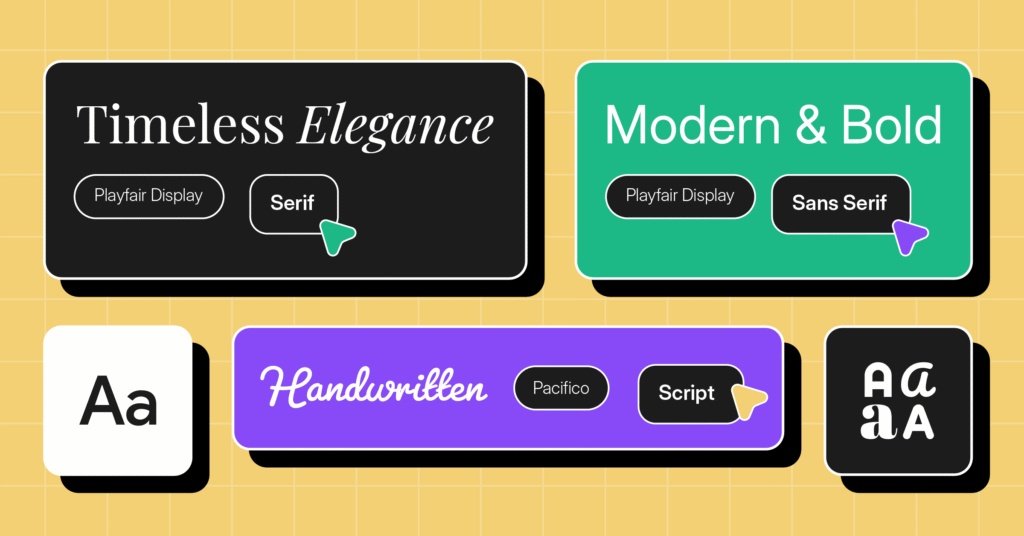
- Serif Fonts: Traditional, trustworthy (e.g., Time Magazine, Vogue)
- Sans Serif Fonts: Simple, contemporary (e.g., Google, Facebook)
- Script Fonts: Refined, innovative (e.g., Coca-Cola, Instagram)
White Space for Focus
Effective use of white space enables the viewer to process the design without chaos. Subconsciously, it communicates sophistication and clarity, excellent qualities to identify with your brand.
Emotional Connection
The best logos feel like something. They stir emotion and create connection:
- Apple’s logo appears to be forward-thinking and sophisticated.
- The WWF logo engenders sympathy by its soft panda appearance.
- The swoosh in Nike conveys movement and activity.
It’s this emotional connection that inspires brand recognition and loyalty
Simplicity = Memorability
Humans love simplicity. That’s why minimal logos (like the check mark of Nike or Apple’s silhouette) are the easiest to remember.
This is called cognitive fluency our preference for things that are easy to understand.
Overcomplicating a logo with too many elements can overwhelm the viewer and diminish impact.
Cultural and Contextual Awareness
Colors, symbols, and meanings vary across cultures. A logo that resonates in one part of the world might confuse or offend in another.
Understanding the cultural context of your audience ensures your logo design speaks the right language visually and emotionally.
Pro Tip: Research your target region’s visual culture before finalizing a global logo.
Use this interactive color psychology tool to test combinations and meanings
Case Studies: Logos That Nailed It
FedEx
- Beyond the clean typography, there’s a hidden arrow between the “E” and “x” symbolizing speed and precision.
- Subtle, smart, and aligned with the brand’s promise.
Amazon
- The smile from “A to Z” reflects customer satisfaction and product variety.
- It’s playful, clever, and emotionally positive.
Toyota
- The three overlapping ovals represent the heart of the customer, the heart of the product, and the ever-evolving technological advances.
Logo Psychology Checklist
Before wrapping up, use this checklist to evaluate whether your logo is strategically designed for maximum psychological impact:
- Simple and Scalable
Is your logo clean, uncluttered, and easy to resize for everything from billboards to app icons? - Emotionally Resonant Color Palette
Have you chosen colors that trigger the emotions you want your audience to feel? - Appropriate Typography for Your Brand Tone
Does your font style align with your brand personality- e.g., modern, playful, serious, or luxurious? - Culturally Aware and Context-Specific
Will your logo resonate with your target market across different cultures and regions? - Recognizable at a Glance
Can people instantly identify your brand just by seeing your logo? - Tested Across Real-World Applications
Have you tested your logo in practical situations, on websites, packaging, social media, merchandise, and in black-and-white to ensure versatility and clarity?
Pro Tip: Mock up your logo on various platforms to see how it holds up in different settings. A strong logo looks great everywhere, not just on your design software.
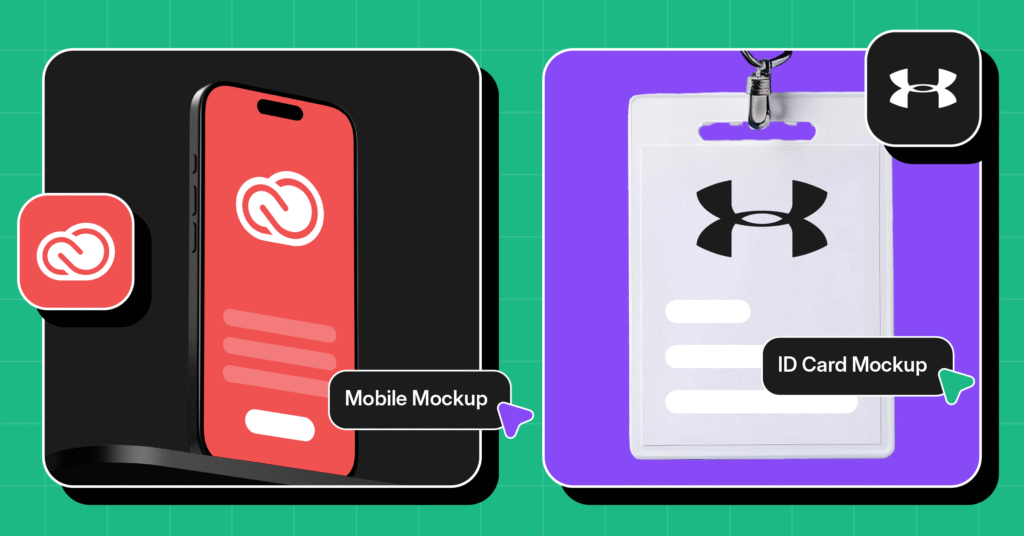
Conclusion-A Logo Is More Than a Pretty Design
A great logo isn’t just a design it’s your most valuable brand asset. Designed with intention and psychology, it communicates who you are, what you stand for, and why customers should care all in a glance.
When crafted with psychology in mind, a logo becomes your most powerful brand asset. Explore our portfolio to see how we bring logo psychology to life. It tells your audience who you are, what you stand for, and why they should trust you all within seconds.
If your logo checks the boxes of color psychology, emotional connection, simplicity, and cultural relevance, you’re already steps ahead in building a memorable brand. So the next time you look at a logo, keep in mind much more is happening behind the scenes.
Ready to Make a Logo That Speaks Volumes?
At Design Shifu, we don’t just design logos, we create visual identities rooted in psychology, strategy, and brand storytelling. Whether you’re launching a startup or refreshing your brand, our expert designers craft logos that are not only beautiful but meaningful.
Let’s turn your vision into a logo your audience won’t forget. Start your design journey with Design Shifu today!
Frequently Asked Questions
1. Why do luxury brands tend to feature black in their logos?
Black conveys sophistication, power, and elegance attributes that luxury brands desire to be identified with. It’s modern, classic, and immediately conveys premium value, which makes it ideal for high-end fashion and beauty.
2. What feelings does green generally create in branding?
Green represents growth, harmony, and wellness. It’s typically utilized by natural, organic, and wellness brands to project freshness, sustainability, and nature-friendly harmony.
3. Can I use black and green together in a logo design?
Absolutely! Used with intention, black and green can pair luxury with nature. Black has the ability to earth the design and provide a sense of authority, and green infuses a sense of energy and environmental consciousness perfect for high-end wellness or green tech brands.
4. What industries stand to gain the most from green in their logos?
Health & wellness, organic food, environmental groups, gardening, and sustainability-oriented tech industries benefit the most. Green is trust-inducing and speaks to growth or nature-centric values.
5. Is black too aggressive or severe as a brand color?
Not at all, it all depends on how it’s used. Black can be bold, but when used with minimalist design or highlighted with lighter shades, it brings a clean, elegant, and authoritative look without overpowering the viewer.
6. How do I select the correct color for my brand logo?
Begin with determining your brand values and customer base. Then apply color psychology to align with your message, if you need to look trustworthy, luxurious, earth-friendly, dynamic, or friendly.
Always put your logo into real-world situations to test impact and legibility.

